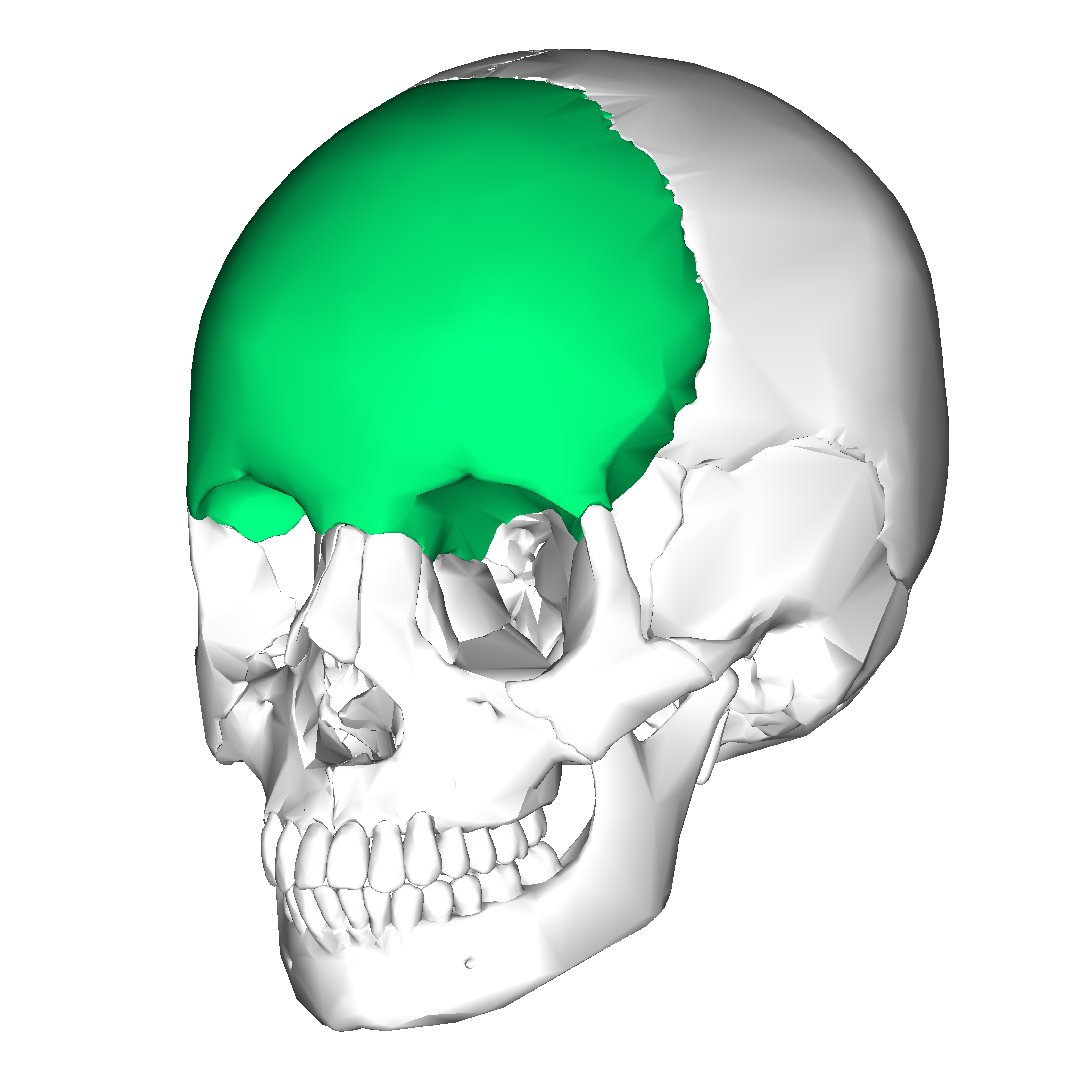The head is _____ to the neck.
Name the body region:
What is frontal region?
The monomers of proteins.
What are amino acids?
The number of protons in an atom's nucleus.
What is the atomic number?
A molecule that regulates pH to help maintain homeostasis.
What is a buffer?
The arm is ____ to the sternum.
What is lateral?
Name this body cavity:

What is the thoracic cavity?
The building of larger more complex molecules using atoms or smaller molecules.
What is a synthesis reaction (or anabolic process)?
A variation of an element that has the same number of protons but a different number of neutrons.
What is an isotope?
The molecule required by our cells to perform work.
What is adenosine triphosphate (ATP)?
The ______ splits the body into anterior and posterior.
What is the coronal plane?
Name the outer layer of the serous cavity surrounding the heart.
What is the parietal pericardium?
Functions: structure, catalyze reactions, muscle contraction, protection, membrane transport
What are proteins?
True or false: enzymes speed up chemical reactions and are absorbed in the process.
What is false (enzymes remain unchanged after a reaction)?
A bond formed by the unequal sharing of electrons between 2 atoms.
What is a polar covalent bond?
The wrist is ____ to the elbow.
What is distal?
Name this body region:
What is the sural region?
Fat with one or more carbons linked via double bonds.
What is an unsaturated fat?
What does a pH of 11 suggest about the concentration of H+ ions in a solution?
What is a low H+ concentration/a high OH- concentration?
In RNA, adenine (A) pairs with ____.
What is uracil (U)?
The _____ splits the body into left and right halves.
What is the midsagittal plane?
Name the abdominopelvic region:
:background_color(FFFFFF):format(jpeg)/images/article/hypochondriac-region/8ROrFflBexwvxwnkGSzA_KL4uJOIWfbJW38zqAyTw_underwear-Hypochondriac-region.png)
What is hypochondriac region?
The build-up of a molecule via the removal of water.
What is dehydration synthesis?
A positively charged molecule.
What is a cation?
Attractive force between an electronegative atom of one molecule and an electropositive H+ of another molecule. Common among H2O molecules. Weak.
What is a hydrogen bond?
